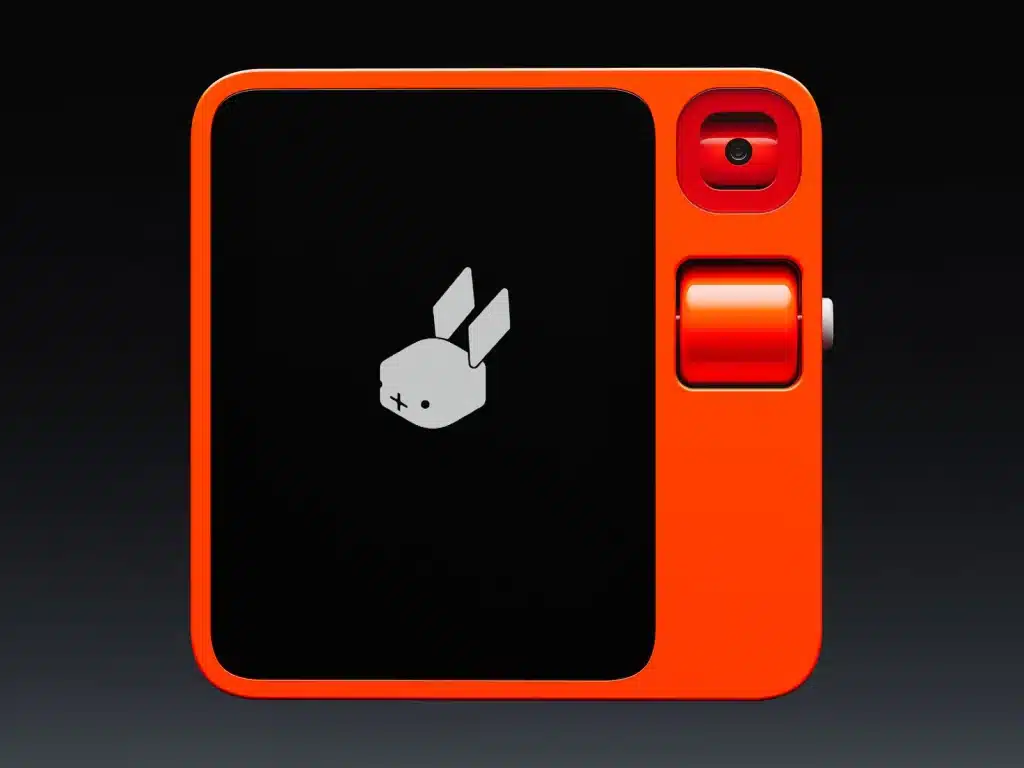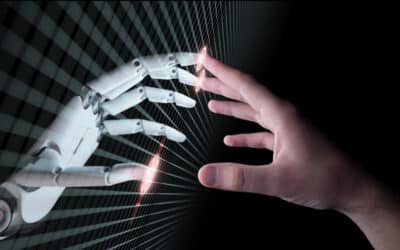Redefining Customer Interaction: The Rise of the Machine Customer
In a bold move towards the future, Deutsche Telekom, once a state-owned telecommunications giant, is doubling down on the automation of customer interactions. The head of their innovation team, Claudia Nemat, is setting the stage for a paradigm shift, where interacting with a human employee remains an option but not the sole focus. This strategic move acknowledges the evolving preferences of customers, who are increasingly open to the idea of engaging with digital companions instead of navigating traditional customer service channels.
As the curtain lifts on the potential of GenAI in the customer contact sector, we find ourselves standing at the forefront of a transformative journey. The push towards heightened automation is fueled by various factors, including high employee turnover, soaring wage costs, and the challenges posed by a competitive labor market. Recent conversations with pioneers in customer contact unveil a sentiment that AI is not merely an assisting tool but is becoming the primary driving force, reshaping the role of customer contact employees into more strategic positions as ‘controllers’ and ‘directors’ rather than mere executors.
Simultaneously, customers are experiencing a shift in the dynamics of their interactions. We’ve become accustomed to the convenience of chatbots, self-service platforms, and interactive web pages. Engaging in conversation with machines, whether through speech routing or virtual assistants like Siri, has become second nature. However, existing applications have limitations, as seen in Siri’s struggles to seamlessly integrate with other apps and the inability of speech routing to smoothly connect with a CEO’s mobile number.
Accenture’s ‘Technology Vision 2024’ foresees a future where chatbots move beyond mere dialogue and transition towards task completion by 2028. This marks a significant departure from conventional conversational interfaces. Looking ahead, the vision extends to a smartphone operating on an AI agent instead of standalone apps, predicted to materialize by 2031. The prerequisites include enhancing Large Language Models (LLMs) to bolster logical reasoning (‘chain of thoughts’) and enabling them to independently craft software solutions, termed ‘Large Language Models as Tool Makers’ (LATM).
Contrary to Accenture’s projections, the unveiling of Rabbit R1 by Jesse Lyu at the CES technology fair in Las Vegas on the same day as the Technology Vision release adds an unexpected twist. Positioned as “the future of human-machine interface,” Rabbit R1 operates as a standalone mini-computer based on Large Action Models (LAM). It not only comprehends intentions but autonomously learns to interact with external interfaces and execute actions. In practical terms, Rabbit R1, acting as an AI agent, can place orders on behalf of its owner, arrange pizza deliveries, or even hail an Uber.
This groundbreaking development urges contact center managers to contemplate the emergence of the ‘machine customer.’ Questions abound about integrating the machine customer into CRM systems and training programs. Additionally, considerations are needed for handling unconventional machine behavior, such as unauthorized usage. When anomalies occur, the dilemma emerges: should customer service reach out through traditional means, or is a digital message to the machine customer more appropriate? The broader discussion extends to whether companies should embrace machine customers as part of their clientele and whether Rabbit can seamlessly navigate through Interactive Voice Response (IVR) systems.
In conclusion, we find ourselves at the cusp of a new era in customer interactions with the advent of the machine customer, exemplified by the introduction of Rabbit. As businesses navigate these uncharted waters, adapting strategies and systems becomes imperative to embrace the machine customer within a seamlessly interconnected digital ecosystem.



